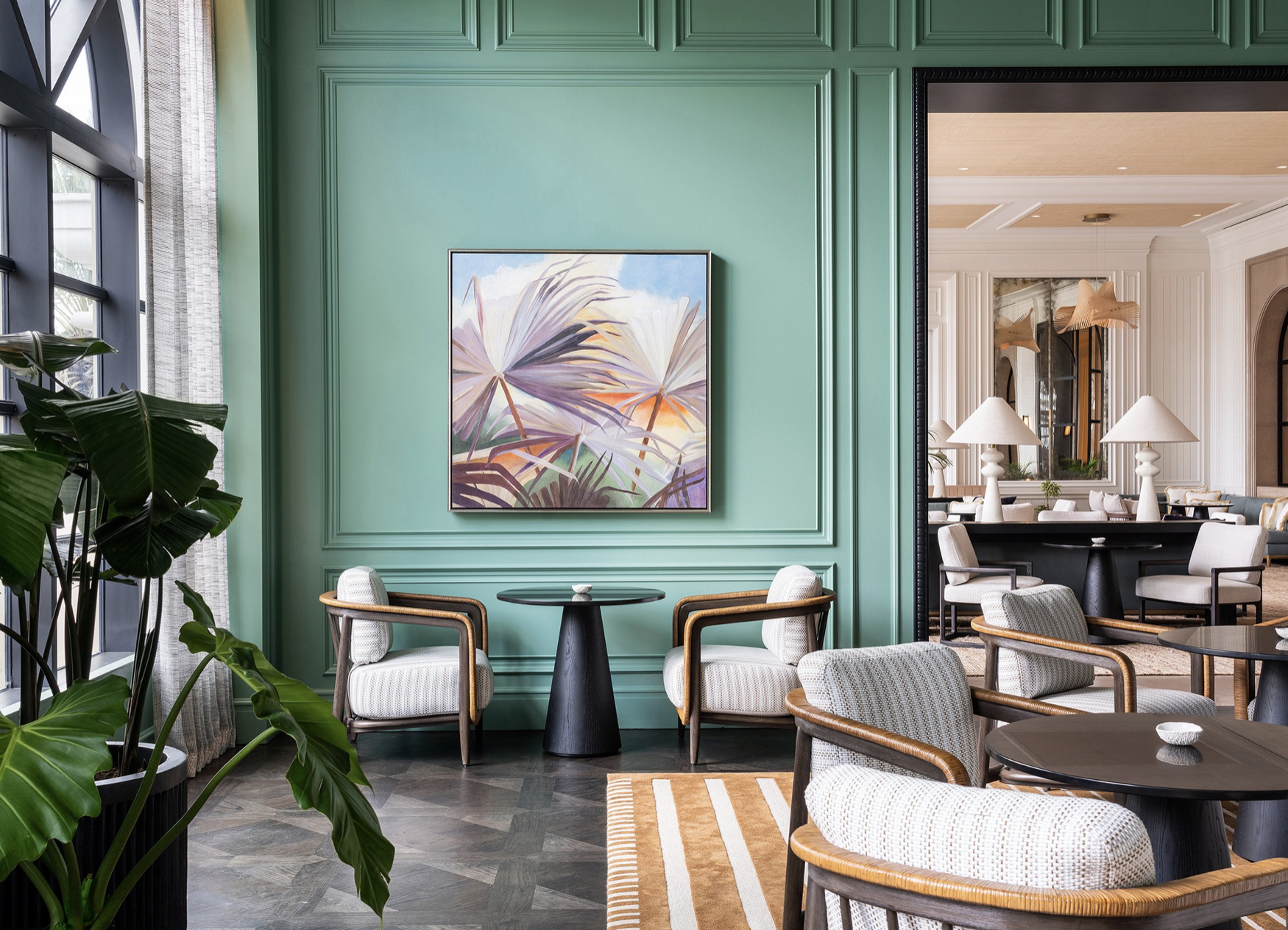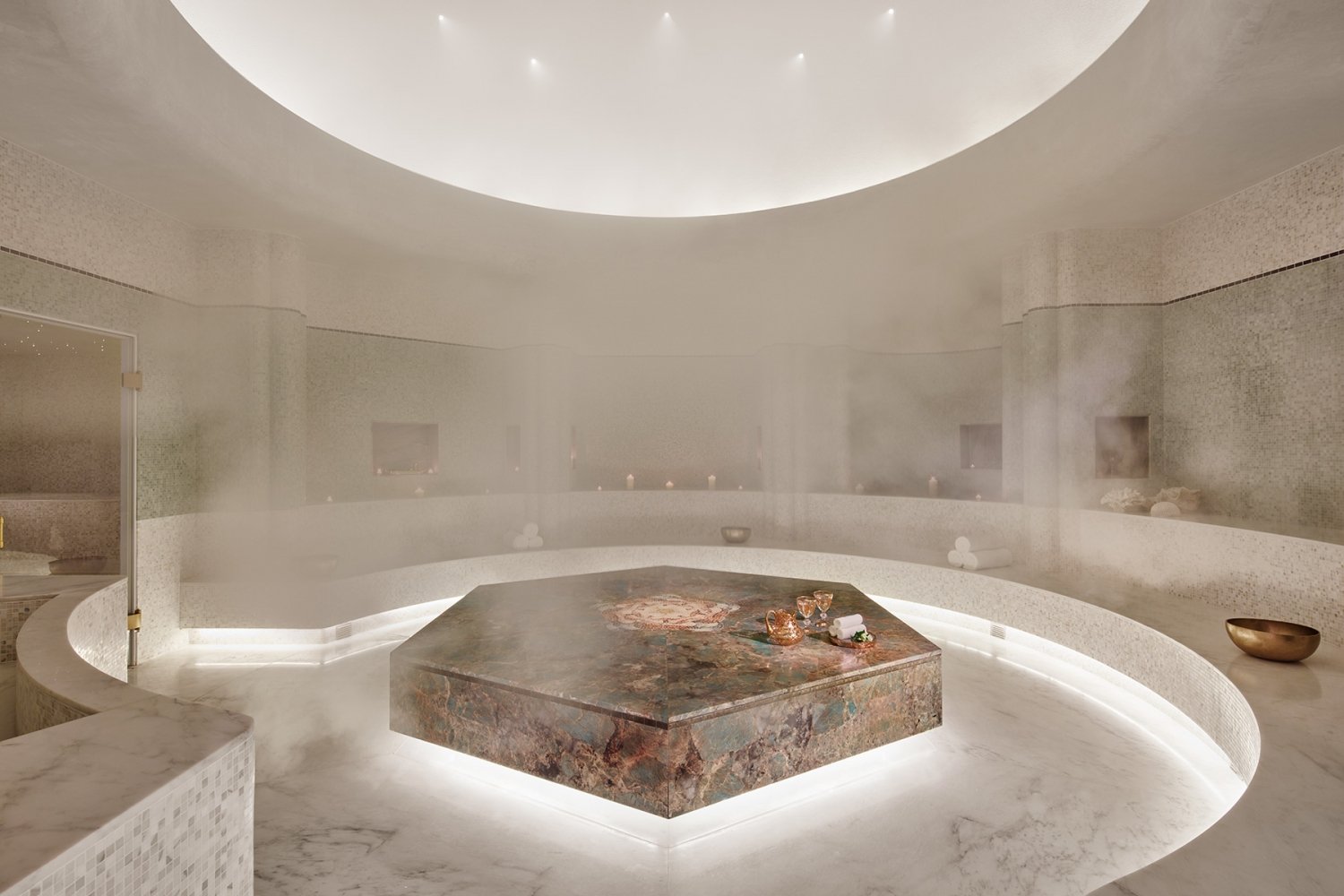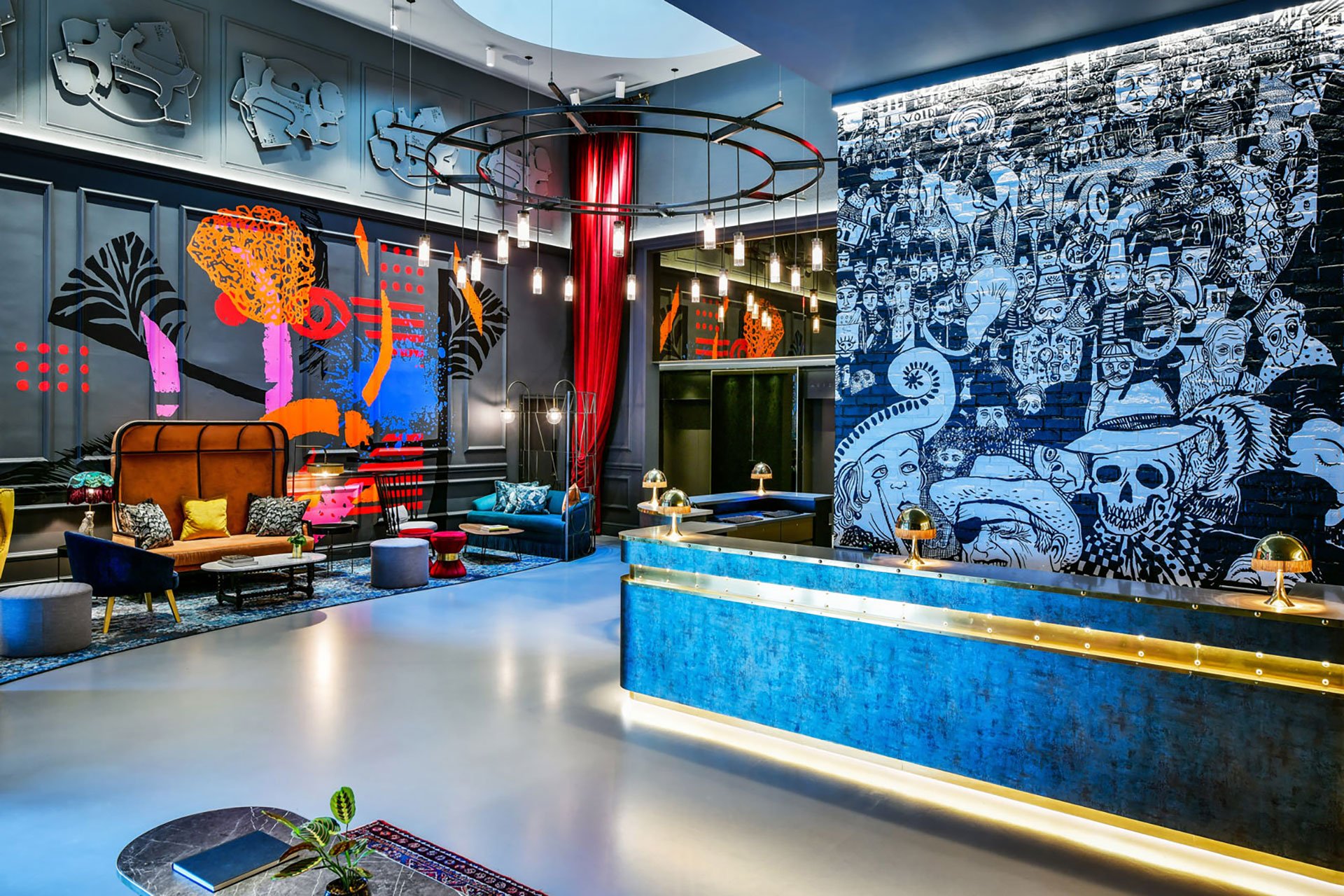The Colour Theory: Designing bespoke hotel interiors
Colour is a powerfully emotive language, it surrounds and has a profound influence on how we think, feel, and behave. How aware are we that this is happening?
Our response to colour is often immediate, and its effects can be transformative.
"Colours, like features, follow the changes of the emotions."
Pablo Picasso, Artist.
Whilst our response to colour is often deeply personal, there are guiding principles of colour psychology which apply to designing in both communal and individual spaces alike. Successful hotel designs understand the crucial role colour psychology plays in impacting guests' perceptions, emotions, behaviours, and the overall guest experience.
We must think far beyond aesthetics. How do you want guests to feel during their stay and what constitutes a good night's sleep?
Here we explore the aspects of colour psychology which connect the functional use of a hotel space with the aesthetic details that make it memorable:
First Impressions Count
The curb appeal
A welcoming hotel reception featuring calming colours can quickly put the guest at ease, bolder choices make for a more dramatic entrance delivering the ‘wow’ factor.
The all important first impression sets the tone for the guests' stay and establishes brand recognition.
Fig 1. The Hôtel LA MAMOUNIA set in Marrakech welcomes its international guest community with an exceptional entrance. Spectacular Chandeliers and decorative lighting set across walls, floors and tables surprise and delight guests along their visit. (See image on right).
Creating a distinctive brand and identity
When colour schemes remain authentic to a brands DNA and vision, they can encompass the entire guest experience and reinforce the emotional connection with the brand. Colours convey personality, they set expectations, and they differentiate a brand from the competition. A considered colour palette should offer consistency across key guest touch points.
Fig 3. The Bvlgari Hotel London showcases the signature use of silver originating from Bulgari’s roots as a Roman silversmith, a theme that is carried throughout the hotel, with touches including specially woven silk curtains and timeless fashion photography. (See image left below).
Fig 4. The colourful and playful spirit of the The Ritz-Carlton, Grand Cayman (See image right below).
Back to Nature
Introducing natural elements to a space greatly impacts one's emotional attachment to it. Selecting a natural colour pallette, just one component of biophilic design, can enhance hotel guests' emotions, overall satisfaction, and has even been shown to affect booking intentions. See our project HOMETOO which was design on theme and colour theory.
Fig 6. Drawing inspiration from nature creates a harmonious and welcoming atmosphere through a nature-inspired palette. Establishing a solid connection with the natural world that promotes a sense of well-being. The Bulgari Hotel Spa offers a serene setting, to unwind. (See image on right)
Cultural Considerations
In an increasingly diverse world, it’s essential to consider the cultural context of colours, and especially important for hotel brands with global presence catering for international clientele.
A colour which signifies luck in one culture might symbolise something entirely different in another - culturally sensitive colour choices help your brand resonate with a wider audience (avoid any unfortunate misunderstandings!) See our work consulting in hotel colour and narratives.
E.g. White symbolises purity and simplicity in Western cultures, but represents mourning and sadness in some Asian cultures.
Circulation and Navigation
Differentiated colour schemes are wonderful tools for creating distinctive zones within a hotel space, both aesthetically and functionally. Colour schemes also act as navigation tools allowing the guests to circulate around the space more easily, creating a seamless and enjoyable experience.
Fig 8. The dramatic Art Deco lobby at the Delano in Miami Beach creates the sense that guests were "someplace special".
Atmosphere and Ambiance
Colours have the power to create distinct moods and ambiences, particularly effective when complemented with a considered lighting plan. We carefully consider colours to create the desired atmospheres in different areas of the hotel such as the reception, restaurant, and guest rooms.
Strategic use of colour can also enhance the desired functions of these areas, this might include stimulating social interaction or easing the guest into a state of relaxation.
Warmer colours create a cosy and inviting atmosphere, whilst cooler colours like blues and greens can evoke a sense of calmness and tranquillity. This Four Seasons Dubai features an opulent yet intimate dining area.
Fig 2. The artist Muzéo transforms the public area of Andaz, London Liverpool Street with a curated collection of unexpected and rebellious mixed-media original artworks, hand-painted street art, and back-lit installations to create immersive artwork scenes. (See image on left)
Guest Comfort and Well-being
The effects are measurable. Colour has the power to raise or lower our heartbeat, stimulate the circadian rhythm, and increase/ decrease metabolism. For example, soft, neutral tones promote relaxation whilst oranges and reds stimulate the senses - and the appetite!
Colour choices can even impact perceptions of cleanliness and hygiene - crucial considerations for the hospitality industry. Book a 1-1 Hotel Consultation with us.
Fig 5. The Faena Hotel boasts a world famous spa renowned for it’s ‘anti-anxiety’ properties. Designed by Klafs with a focus on healing and the improvement of health and wellbeing. (See image below).
Perception of the Space
Colour is one of the basic elements of visual perception. It can have a profound effect on perceived room dimensions, whether employed to change the perceived size of a room or to visually re-proportion to the space. Lighter colours are considered ‘receding’ and tend to make spaces feel larger and more expansive, while darker or ‘advancing’ colours can draw the space in and create a sense of intimacy.
Fig 7. Smaller hotel rooms can greatly benefit from the strategic use of colour, optimising the space though perceived changes in spatial volume. The Olinto Hotel suites in the Atlas Mountains are feature subtle yet uplifting colour which re-proportion its high ceilings. (See Image on left)
We are far more influenced subconsciously by colour than we realise. The considered and strategic use of colour in hotel design not only drives the emotional connection between the guest and hotel brand, it creates award winning hotel designs and exceptional guest experiences. Discover our hotel portfolio here.












